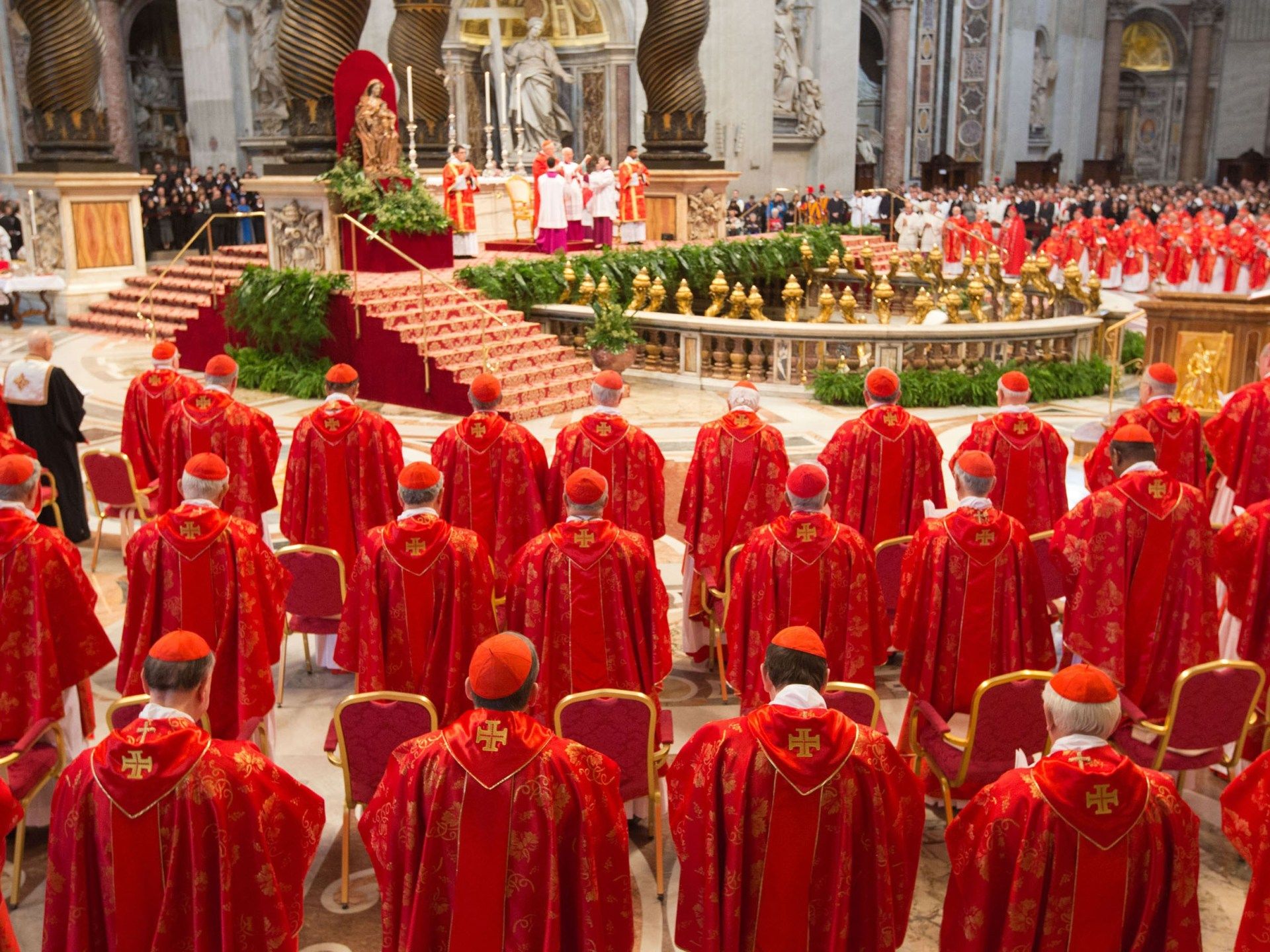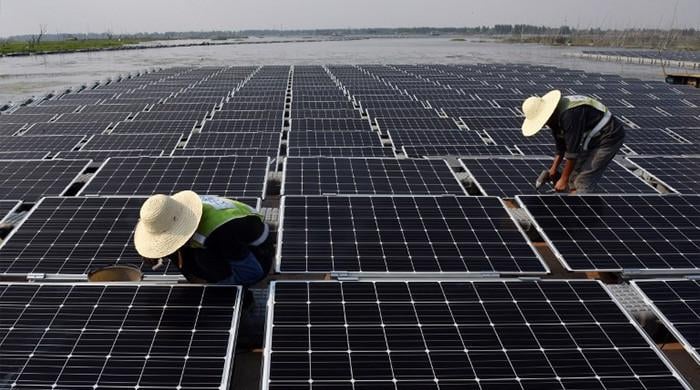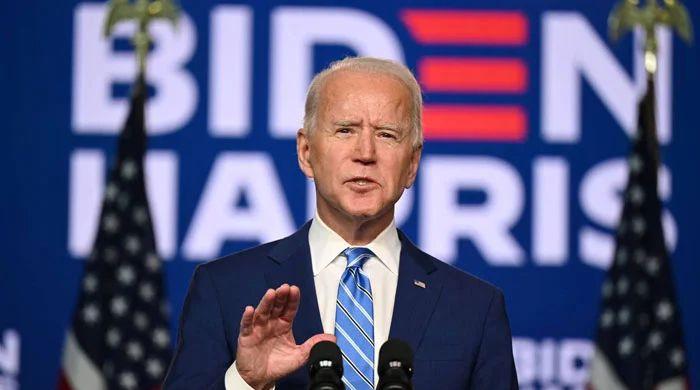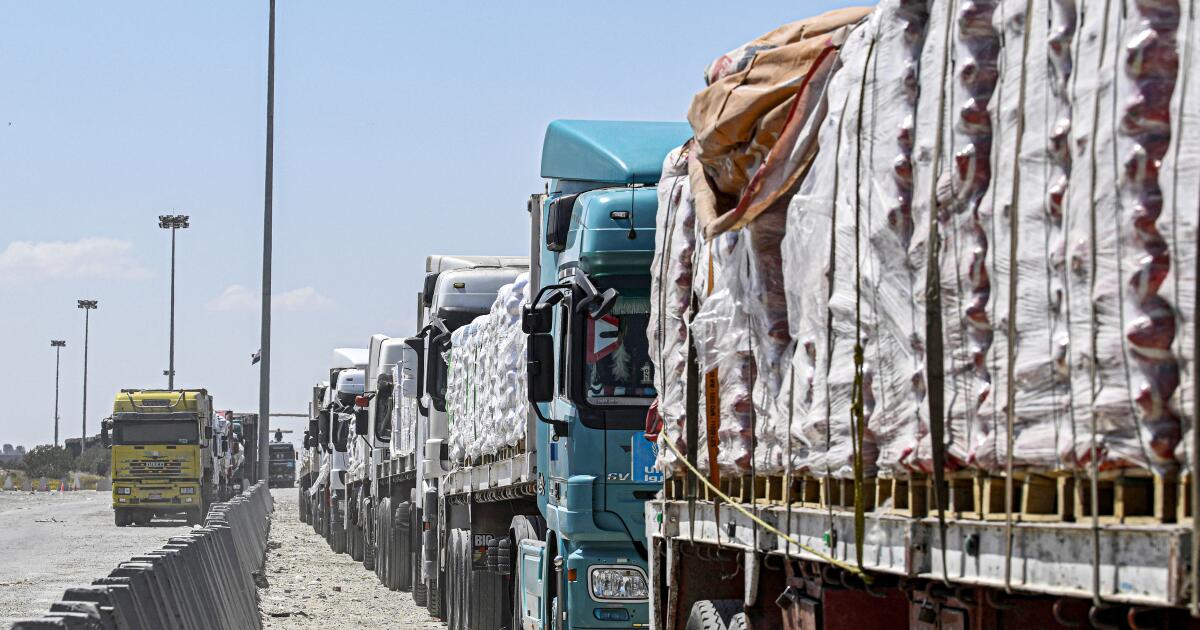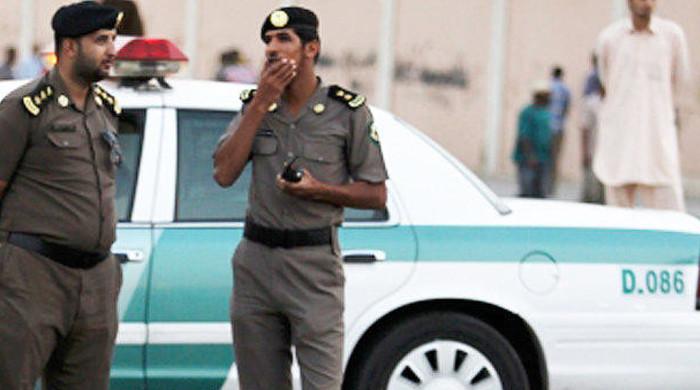When the newly chosen Pope Francis entered the balcony of the Basilica of San Pedro in 2013 to greet the crowd, he joked that the cardinals had gone “to the end of the world”, his native Argentina, to find a new pontiff.
In fact, the conclave, stunned by the resignation of Pope Benedict XVI, had been actively looking for a communicator bold enough to assume the leadership of an institution full of sexual and financial scandals.
But as 135 Cardinals, those under 80 years of age, according to the voting rules, are preparing to meet for a new papal conclave after Francis's death, Vatican analysts say that voters now seem to be looking for a sober and unifying figure that can put together an institution shaken by their revolutionary style and bring stability to the central government of the Church.
“Francis was chosen because he would not have been afraid to create chaos and reform. The next pontiff must be someone who can calm things,” said Andrea Gagliarducci, an analyst at the Vatican of the Catholic news agency.
Strive
In 2013, the objective was to change the center of gravity of the Church from Europe to Latin America, an indication of the growing influence of Christians there, and restore order in the curia, the central government of the Holy See that had been seen by many as corrupt and dysfunctional.
Pope Francis did not avoid the task. Throughout his papacy, he shook the status quo by radically changing the tone, style and priorities, causing emotion among the reformers, but dismay between the conservatives who accused him of diluting the church's teachings.
Their reforms, such as allowing priests to bless the same -sex couples (in certain circumstances) and reviewed the Vatican bureaucracy, enraged many. His unpredictable style of government, which depended on a small group of confidants and reduced the power of the central government of the Church, stirred tensions.
But Francis also frustrated some of the most liberal voices, since his changes never seemed to translate into fundamental reforms in the church doctrine, especially when it was the role of women in the church and same -sex marriage.
There is a consensus that cardinals should focus on choosing a reassuring figure, someone who does not undone past progress, but that will also not exceed limits excessively.
“We must move towards a Pope who finds unity in the diversity of the Church, he maintains the love for the poor, the attention for the most marginalized, but also reconstructs, and does not restore, the ruling institutions of the Church,” said Massimo Franco, a political columnist to Corriere della Sera and the author of eight books about the Vicatician.
The names have begun to float. A strong contender is Louis Antonio Tagle, 65, a nearby ally of Pope Francis and a progressive. If chosen, the Filipino would become the first Asian Pontiff. There is also Cardinal Peter Erdo de Hungary, 72, a traditionalist and theologian known for opposing divorced Catholics who receive communion and their antimigrant points. From the Democratic Republic of Congo, Cardinal Fridolin Ambongo, 65, is known for his position on human rights and anti -corruption efforts.
Among the Italians, the most recurring name is Pietro Parolin, 70, the Secretary of State of the Vatican, who played an important diplomatic role and was a central figure in the leadership of Pope Francis. Pierbattista Pizzaballa, 60, was the best Vatican official for the affairs of the Middle East, and his experience in the region won a generalized respect.
Looking to the Global South
Geographically speaking, the choice has never been broader. During his term, Francis designated 80 percent of the cardinals who will vote in this conclave, and effectively changed the face of clerical leadership by doing so much more representative of the global south.
Cardinals voters currently come from 65 countries, many from Africa, Asia, South America and Oceania, and those of Europe now represent 39 percent of the total, compared to 52 percent in 2013. There are also fewer Americans than before Pope Francis was chosen.
This means that, for the first time, there will be more Cardinals from the Global South than from Europe, despite the fact that Europeans still represent a relative majority.
The Cardinals of the South Global have tended to be strongly aligned with the impulse of Pope Francis for progress in issues such as social justice, migration, climate change and the end of the conflict in Gaza and Ukraine, even when that meant anger the Western leaders who often expected the Pontiff to assume a stronger position against Russia, or a stronger one in Israel.
In a remarkable case during the first presidency of the president of the United States, Donald Trump, from 2017 to 2021, the Pope spoke against the American-Mexico border wall, saying that a person who builds walls instead of bridges “was not a Christian.” Trump retreated at that time, saying that the Pope's interrogation about his faith was “shameful.”
A more conservative perspective?
The strongest presence of the global south in the conclave can ensure that such positions are not overlooked by the Church in the future, said Marco Politi, an expert in the Vatican and author of the book, Pope Francis among the wolves.
Even so, being appointed by Francis does not necessarily translate into supporting his vision on all fronts. “Some of the new Chosen Cardinals of the Global South are more conservative when it comes to social and gender problems, especially in relation to the role of women's rights and homosexuals within the Church,” said Politi.
For example, Cardinal Ambongo of the RDC, who was made Cardinal by Francis in 2019, was a staunch opponent of Francis's impulse to allow priests to bless same -sex couples. The setback was such that the Pope was forced to dilute a historical decision of 2023 and allow blessings alone as long as they are not part of the regular rituals or liturgies of the Church, or in contexts related to civil unions or weddings.
Another factor is that many of the cardinals are barely known and, for at least 80 of them, this will be their first conclave and their first encounter with the complexities of the central government of the Church, an “intimidating” perspective even for those accustomed to it. Cardinal Vincent Nichols, the leader of the Roman Catholic Church in England and Wales, joked before the BBC that he had thought that the conclave “would happen to me”, since he is just a few months after his 80th birthday. When he was informed that the Pope was seriously ill, he realized: “Oh, Lord, this will come on my path.”
“The Pope wanted to name the cardinals from distant countries to increase the internationalization of the Church, but they could have little knowledge of the structure of the Church as a world body that governs 1.4 billion people,” said Politi.
Although a date has not yet been established for when the cardinals are sealing in secret within the Sistine Chapel to vote for the next Pope, during the next nine days, they will meet twice a day for meetings prior to the conflict within the Vatican.
It was in one of these Congregazioni, since the meetings are called in Italian, before the 2013 conclave, that Jorge Mario Bergoglio gave a speech that promoted him to prominence. A few days later, he became Pope Francis.
All cardinals, including those over 80, can attend these meetings. As they present their positions about what they believe are the main problems that the new Pope should address, they can offer a clue about what type of figure they are looking for.

